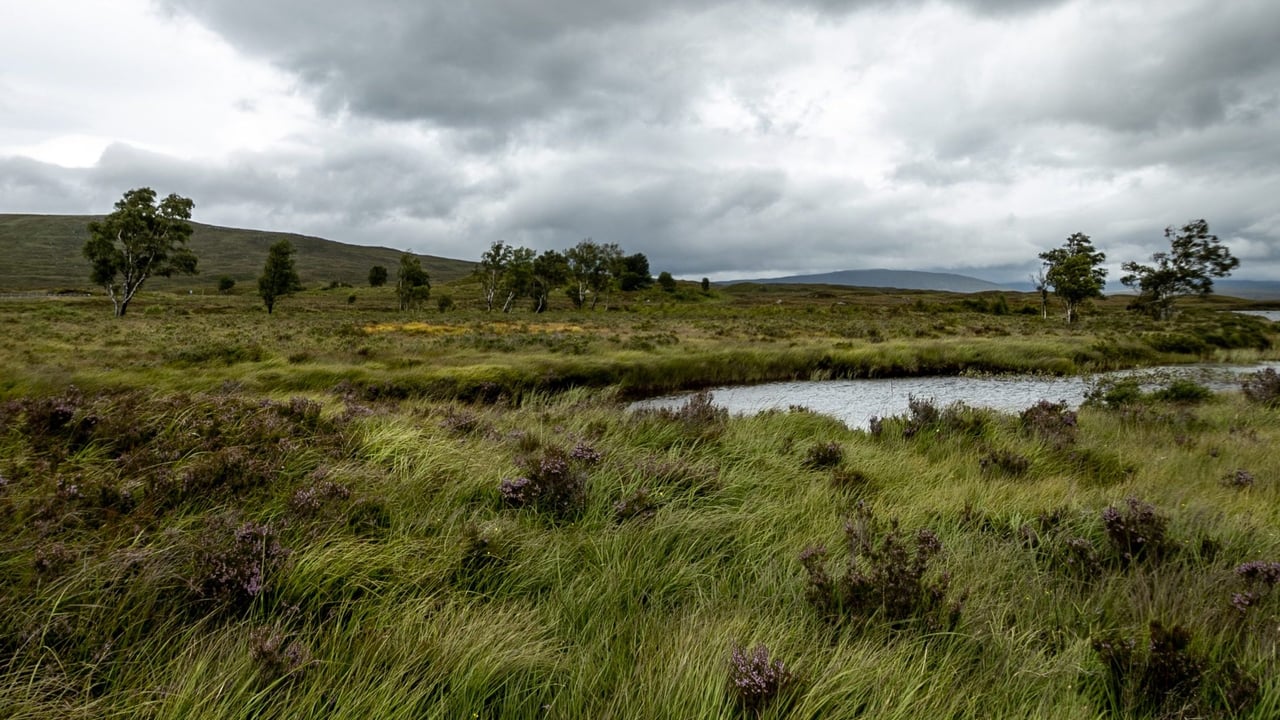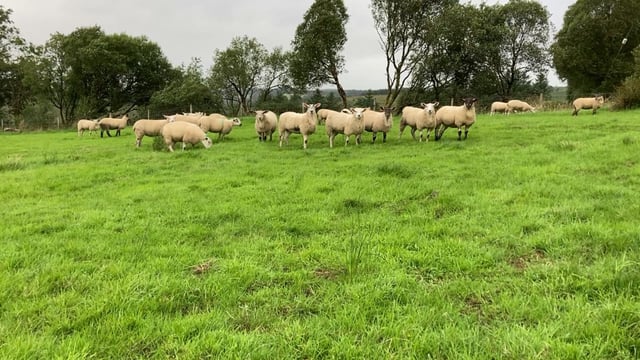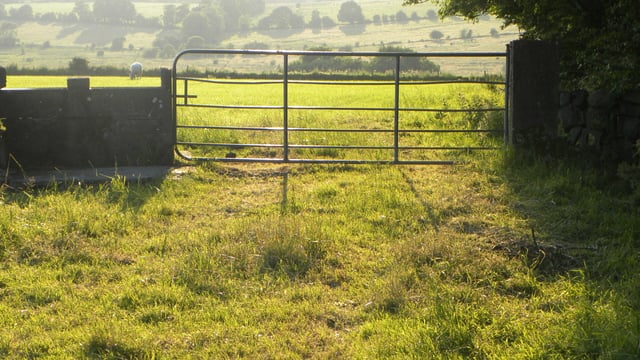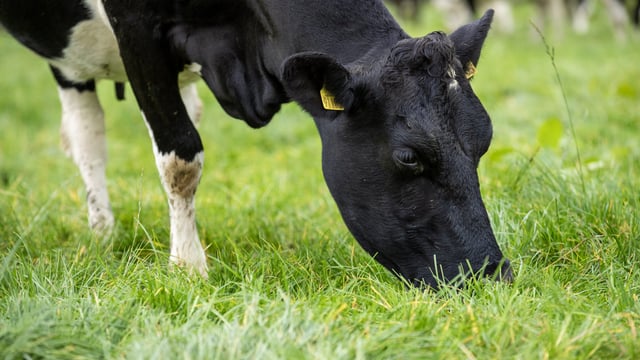What is required to submit a GAEC 2 appeal?
The Department of Agriculture, Food and the Marine (DAFM) has launched an appeals process for the Good Agricultural and Environmental Condition 2 (GAEC 2).
GAEC 2 is the conditionality standard of the Common Agricultural Policy (CAP) related to the protection of peatlands and wetlands.
It formally entered into force on May 1, which means that any works carried out before that date do not come under the scope of the condition.
Under the condition, the maintenance of an existing drain is permitted and replacement is acceptable.
However, new drainage on never-drained parcels of land will require planning permission or an exemption from the local authority, as is currently the case under national legislation.
The department previously confirmed to Agriland that it has contacted 44,254 farmers in relation to the lands covered by GAEC 2.
Farmers or their advisers can check if their land is covered by the condition through the AgFood online portal.
Parcels with areas of 50% or more peat soil are determined as applicable to GAEC 2 which are outlined in the Teagasc/Environmental Protection Agency (EPA) indicative soil map.
“A peat soil is defined as organic soil materials which have sedentarily accumulated and have at least 30% (dry mass) organic matter over a depth of at least 45cm on undrained land and 30cm deep on drained land; the depth requirement does not apply if the peat layer is over bedrock," DAFM said.
In order to submit an appeal, DAFM said that the following documentation is required:
- Organic matter soil samples for each GAEC 2 parcel and the results must be from a DAFM accredited laboratory and linked to each Land Parcel Identification System (LPIS) parcel;
- A detailed report from a DAFM-approved Farm Advisory System (FAS) adviser giving a description of the parcel(s) land use, soil type and habitat. Geotagged photos of the soil profile (showing the depth of peat) and land use type must also be included;
- Signed declaration from the appellant that the parcel(s) in question has/have never been drained and he/she plans to carry out drainage works in 2025;
- Evidence to show that the appellant plans to carry out drainage work in 2025, e.g. contractor quotations, estimate of costs, etc.;
- Any other evidence the adviser/applicant wishes to submit in support of the appeal.
An application form for GAEC 2 appeals is available on the conditionality section of the DAFM website.
The department said that all appeals will only be accepted through email, which must include the completed application form and copies of all relevant required documentation.
DAFM added that it reserves the right to prioritise appeals in accordance with the submission of the required documentation.
The department also reserved the right to in considering the appeal to carry an inspection of the lands under appeal and undertake soil sampling and test(s) and an investigation of the soil profile.
According to the application document, a soil test is defined in statutory instrument (SI) No. 113 of 2022 European Union (Good Agricultural Practice for Protection of Waters) Regulations 2022.
The soil sample must be taken in accordance with the soil sampling procedure set out in schedule 1 and analysed at a laboratory that meets the requirements of the Minister for Agriculture, Food and the Marine for this purpose.
The department said the sampling area shall not exceed 4ha. Where soil types and cropping of lands were similar during the previous five years, a sample area of up to 5ha shall be deemed acceptable.
Soil organic matter samples taken in the last 12 years can be accepted.
"DAFM will consider all the evidence in full and make a determination on the appeal and notify the appellant of the decision in writing," the department added.





